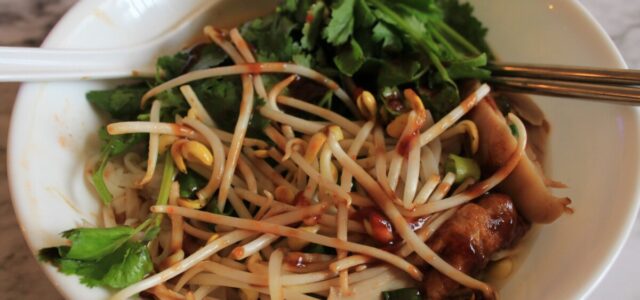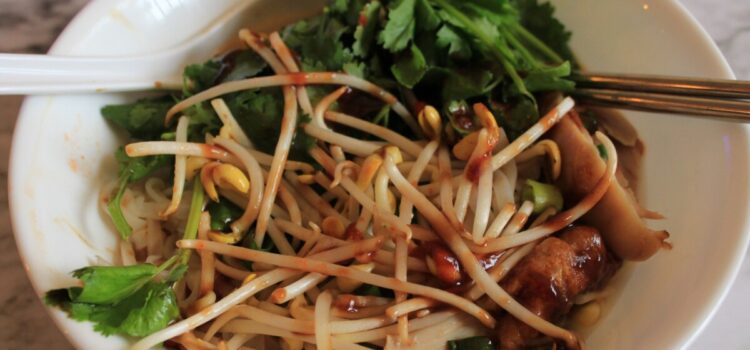


Food waste is bound to happen. Egg shells, coffee grounds, vegetable scraps and tea bags are not edible. However, many people are throwing away food that can be eaten or stored, which has become an environmental issue.
According to the United Nations, food waste contributes to at least 10 per cent of greenhouse gases. When food ends up in a landfill, it slowly turns into methane gas. This gas starts to pollute the environment and impact life on Earth.
The National Zero Waste Council researched that many households in Canada were throwing away food. In 2022, 63 per cent of Canadians were throwing away what could have been eaten. On average that amounts to 140 kilograms of wasted food per household, costing over $1,300 per year.
“I spend around $70 per week on groceries,” says Dariia Stupak, a third-year Humber student in the international business program. “I tend to buy milk, juice, bread, vegetables and fruit, like the most essential stuff.”
In Canada, all sorts of foods are thrown to waste. According to the NZWC data, around 30 per cent of vegetables, 15 per cent of fruit, 13 per cent of leftovers, nine per cent of bread and bakery, and seven per cent of dairy and eggs are constantly thrown out.
That is 130,000 heads of lettuce, 1.3 million tomatoes, 2.6 million potatoes, 1.3 million apples, 640,000 bananas, 650,000 loaves of bread, and 470,000 eggs.
“I try to meal plan,” says Madeleine Mclvor, a first-year Humber student in the public relations program. “So I try to pick my meals before the beginning of the month and just buy the ingredients for those meals.”
Meal planning could cut down on food waste, but does not eliminate it.
“I throw out food maybe twice a month,” says Mclvor. “I throw out like vegetables that go bad. I sometimes buy frozen vegetables, but they come out mushy, so I try to buy fresh stuff.”
Vegetables seem to be the standard food group to be thrown out, but they don’t have to be. Here is a quick and easy pho recipe that will help use up some products in the fridge.
Ingredients:
Five cinnamon sticks
Two tablespoons of coriander seeds
Six-star anise
Two tablespoons of black peppercorn
Leftover chicken bones
One cup of bean sprouts
One onion
One bundle of cilantro
One head of ginger
One bundle of green onions
Two teaspoons of lime juice
Any vegetables left in the fridge
Pho noodles (as much as you like)
Three tablespoons of chicken bouillon powder or concentrated chicken stock
One teaspoon of hoisin sauce (depends on how much you want)
Four teaspoons of fish sauce
One teaspoon of Sriracha sauce (depends on how much you want)
Directions:
In a saucepan, toast up cinnamon sticks, coriander seeds, star anise, and black peppercorn. Once done toasting, place spices in a spice bag or set them aside for later.
In a pot, throw in a cut-up onion and ginger and cook until browning is formed.
Fill the pot with water.
Add chicken bones and spices to the pot and cover for 15 minutes.
During the 15 minutes, constantly check to ensure no spillage.
Once the 15 minutes is up, add chicken bouillon powder or concentrated chicken stock and fish sauce.
Stir and cover for another 15 minutes.
Once the 15 minutes are up, remove any bubbles/scum on the sides. Next, take out the bones, onion, ginger and spices.
In another pot, bring water to a boil and add noodles to boiling water for seven minutes.
Remove noodles from the pot and add to a bowl with the pho soup.
Add bean sprouts, cilantro, vegetables, green onion, and lime juice.
Add Hoisin and Sriracha sauce if you want.
Tips:
Adding cooked onion to your meal will help reduce waste.
Leaving the ginger in your broth will enhance the flavour over time.
Use the meat from the chicken bones in your meal.
If you are a vegan or vegetarian, you can make a vegetable base soup instead of a chicken base soup.






